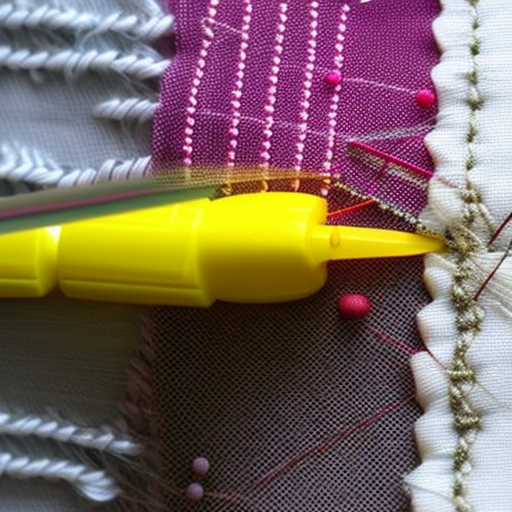Introduction to Sewing Stitches
Sewing is a wonderful skill that allows you to create unique garments and mend your favorite clothes. Before you can begin creating, it’s essential to learn some basic sewing stitches. With practice, these stitches will soon become second nature to you.
The Straight Stitch
The straight stitch is the foundation of most sewing projects. It is perfect for seams and hems. To create a straight stitch, follow these steps:
- Insert the needle into the fabric from the back to the front.
- Guide the needle through the fabric in a straight line, at an even distance.
- Insert the needle back into the fabric, completing the stitch.

The Backstitch
The backstitch is stronger than the straight stitch and is used for securing seams that require extra strength, such as zippers or buttons. Follow these steps to create a backstitch:
- Create a small backstitch by inserting the needle into the fabric from the back to the front, a short distance away from the starting point.
- From the front, insert the needle a short distance away in the same line as the previous stitch.
- Insert the needle back into the fabric at the end of the first stitch.

The Slip Stitch
The slip stitch is a nearly invisible stitch, often used for hemming or attaching appliques. Here’s how to do it:
- Align the two pieces of fabric you are joining.
- Insert the needle under the folded hem of one side.
- Across from the first stitch, insert the needle under the folded hem of the other side.
- Continue this process, creating small, even stitches along the hemline.

Conclusion
Learning the basic sewing stitches is a crucial step for any beginner. With time, patience, and practice, you’ll be able to master them and move on to more advanced techniques.
Remember, the most important aspect of sewing is enjoying the process. Don’t be discouraged if your stitches aren’t perfect at first; practice makes perfect. Happy stitching!




